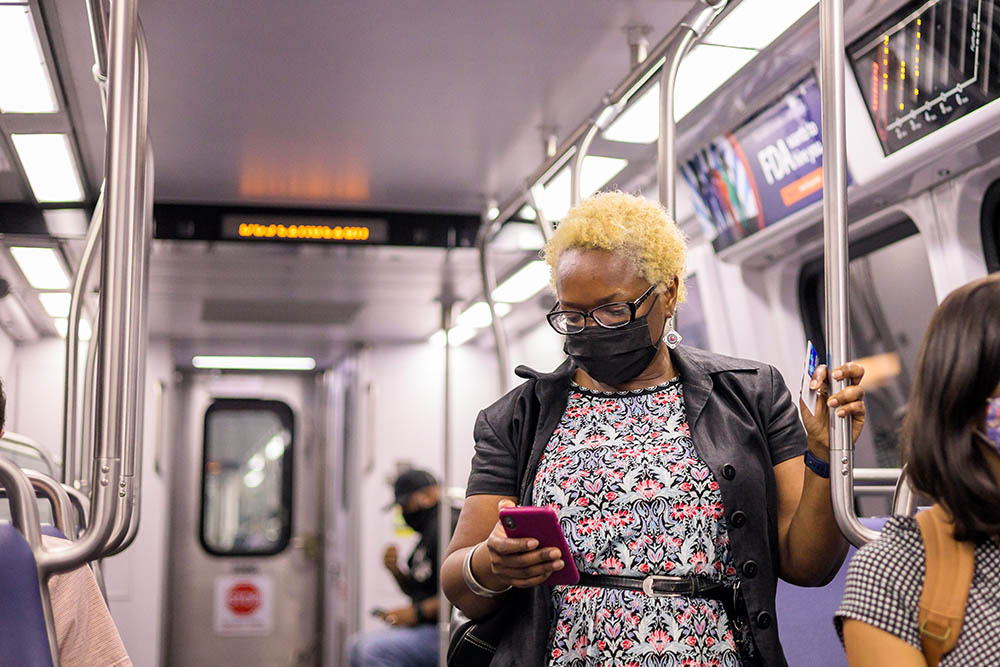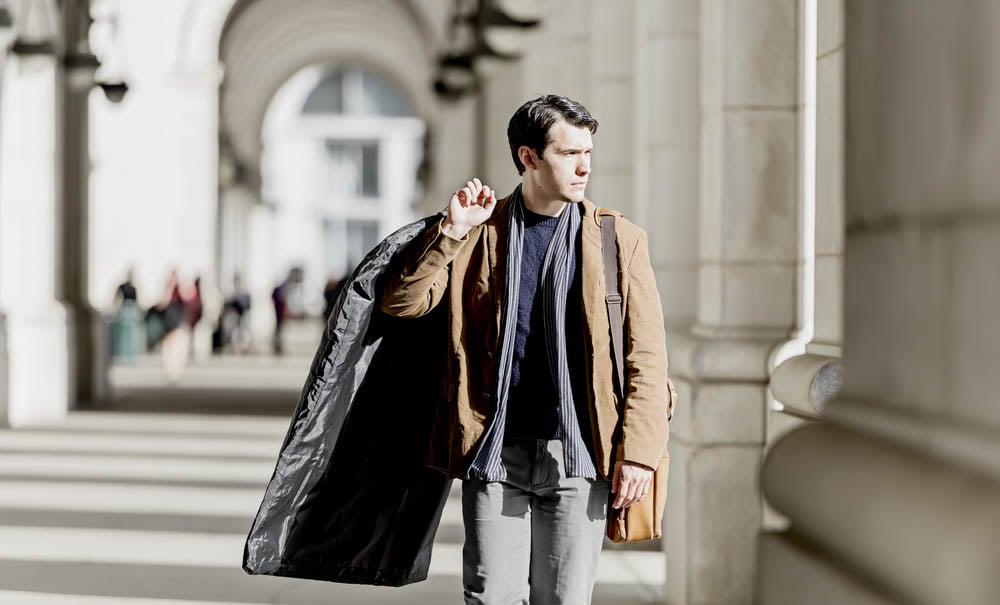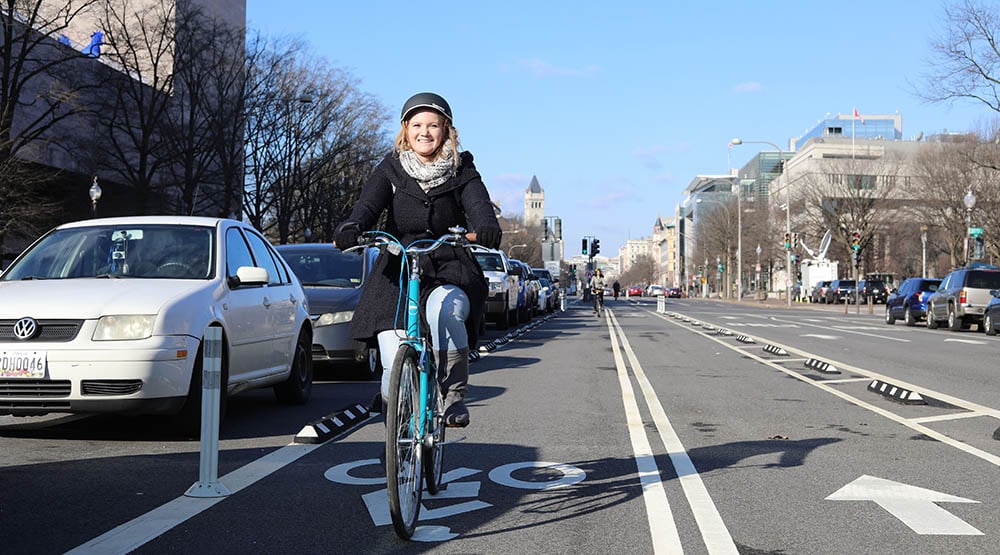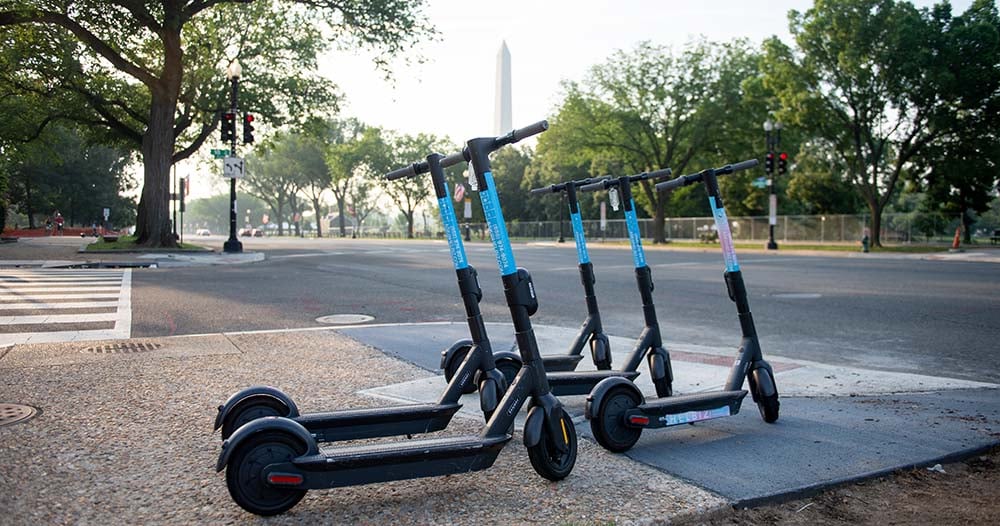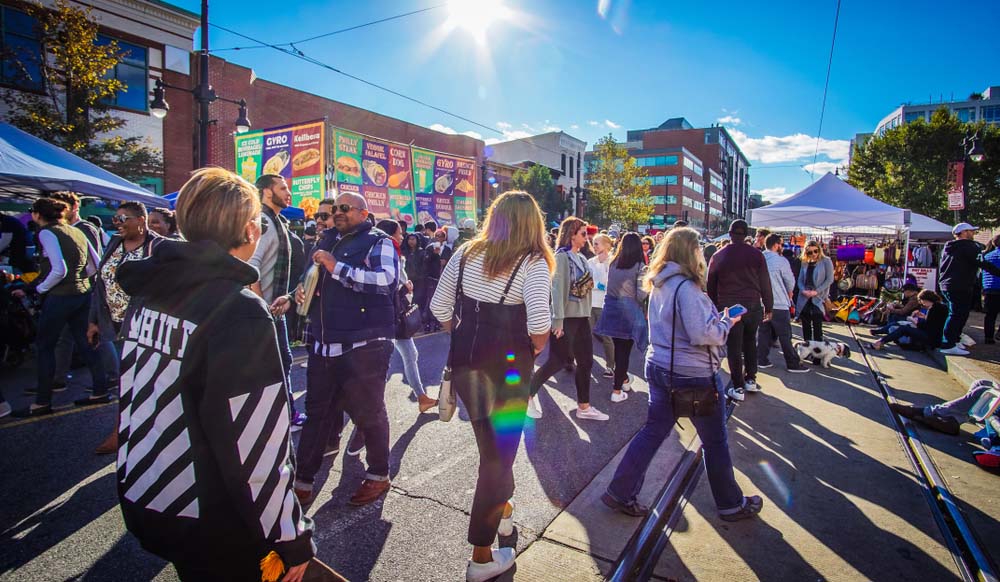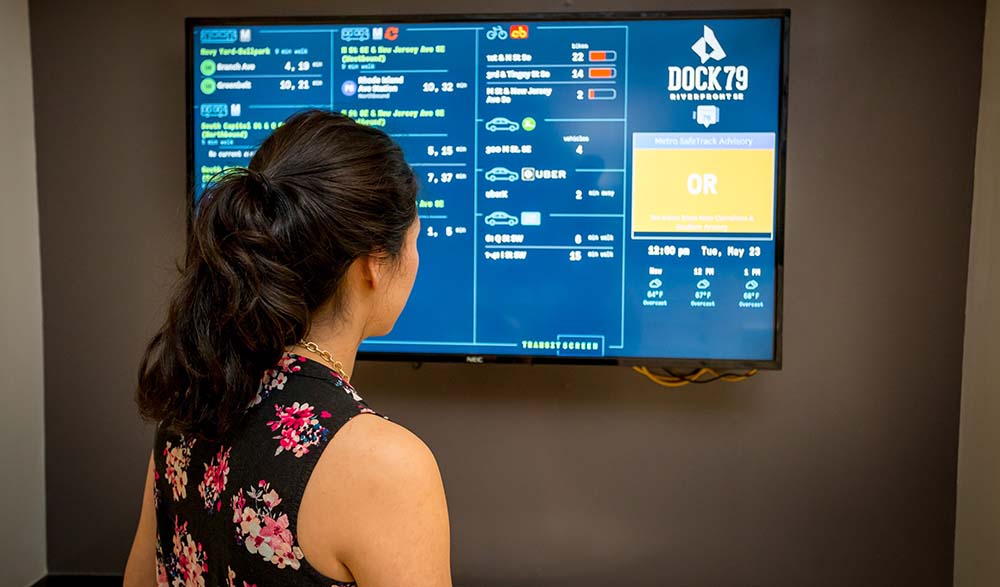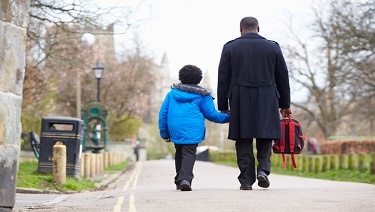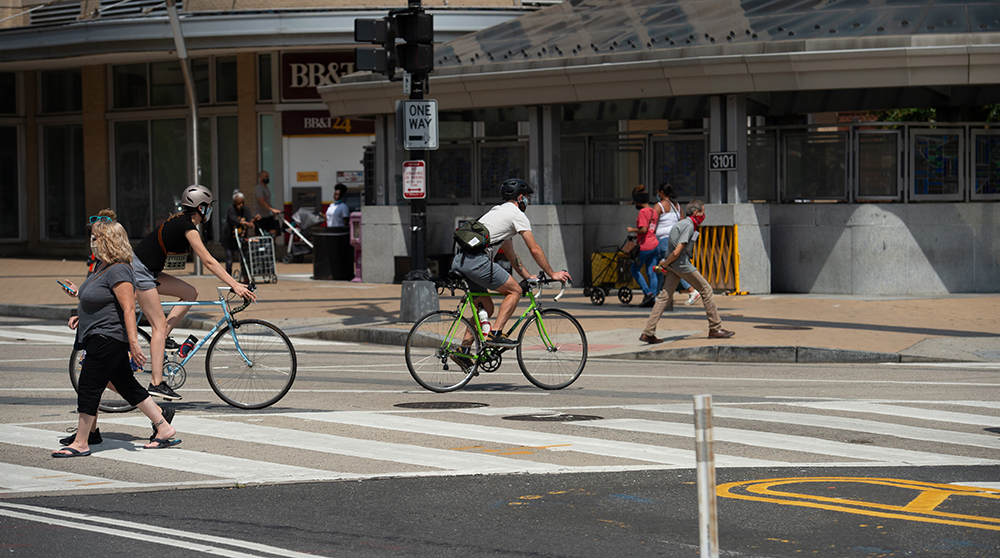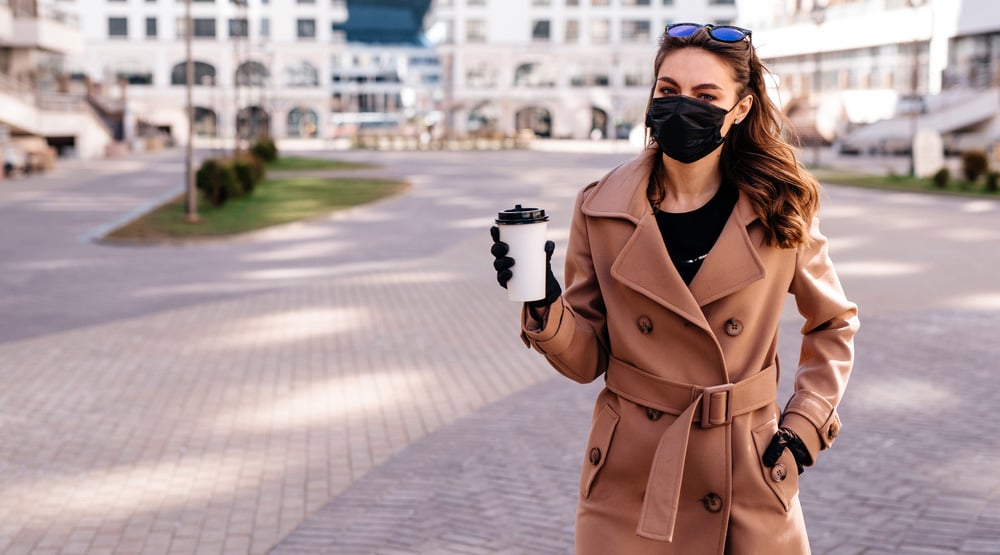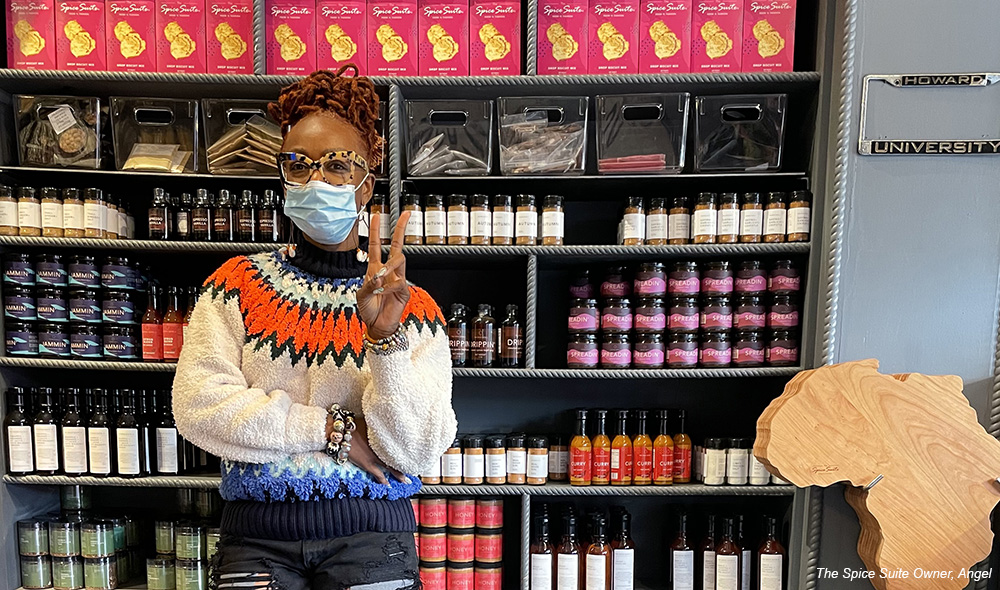Do you work hard as an organization to ease your employee’s commutes through commuter benefits, on-site amenities, and promotion of sustainable transportation? If so, goDCgo and Best Workplaces for Commuters are here to help you get the recognition you deserve and showcase your organization as a leader in sustainable transportation....
goDCgo

Recent Posts
According to data from trivago, 43% of travelers are booking hotel stays for trips that occur during the workweek. That means a lot of people travel for business purposes that includes corporate, group, government, and other commercial categories. Prior to the pandemic, business travel was the hotel industry's largest source of revenue, accounting for about 70% of all global revenue for high-end hotel chains. Is your property set up for the business savvy visitor? Though the industry is making a slow return, you can prepare by getting ahead of the curve and updating your hotel amenities to accommodate corporate travelers who care about work-life balance, even when traveling. Review our tips below to see what you can do to help your guests travel smarter, not harder....
Season's greetings bicyclists! Now that it’s officially fall, we know the change in weather can present some challenges, but we want to keep you on two wheels year round. With a little planning and a positive attitude, the cool fall season presents an ideal time to take bike rides. In fact, there are several benefits to riding a bike during the fall and winter seasons:...
Planning a trip to visit the District? Get the true DC experience by learning about the available transportation options to navigate the city with ease. Our Program Director, Danelle Carey, planned a weeklong stay in the District with a goal to have a car-free experience. During her stay, she was able to get to meetings, events, and visit iconic sites using bikeshare, scooters, and public transit. However, she discovered some details that can help visitors like you avoid the hassles and inconveniences that she experienced. To help you happily explore DC, we've outlined some travel tips below....
This blog references DC Circulator. Please note, as of 1/1/2025, DC Circulator no longer provides bus service. As summer ends, we’re looking forward to fall! In addition to DC’s picturesque fall foliage, this is a popular season for music and food events, art shows, and neighborhood festivals throughout the city. There’s a long list of upcoming events, so goDCgo has highlighted a few popular fall festivals you should attend and the best ways to get there without a car. Whether you live in the District or are visiting to experience the culture, goDCgo highly suggests leaving the car behind to avoid traffic and the search for parking. Get to the fall festivities using sustainable transportation instead! In addition to the public transit options below, you can easily get around by walking, biking, or scooting....
This blog references DC Circulator. Please note, as of 1/1/2025, DC Circulator no longer provides bus service. Ready to get real? Real-time transit displays, that is! Transit display screens show real-time information about local buses, trains, subways, bikeshare, and weather. Here in DC, that includes public transportation information about Capital Bikeshare, DC Circulator, Metrobus, Metrorail, Lyft, and Uber....
When students walk to school, they're setting good habits and a positive tone for the day. Although distance, weather, and infrastructure can make walking challenging for some, those that do live within walking distance (typically 1 mile or less) can reap some amazing benefits from getting their stride on each day. Here are five ways walking to school can benefit your children and family. 1. Improve Test Scores Adding just 20 minutes of physical activity (approximately the time it takes to walk a mile) into a child's day can increase test scores. In a 2015 study, researchers found that after just 20 minutes of physical activity students tested better in reading, spelling, and math and were more likely to read above their grade level. By having your child walk to and from school you can help them perform better. 2. Fewer Sick Days Walking just 30 minutes a day can boost your child's immune system and cut their risk of catching a cold in half. Walking to school could mean fewer sick days for your child and fewer missed work days for you. 3. Improve Mental Health With mental health issues rising in children throughout the past decade, it's important to find small ways to combat these issues and improve mental health on a daily basis. During the coronavirus (COVID-19) pandemic, children have been sheltered from their normal interactions with peers such as playing during recess and the overall social aspect of being in person. Walking can help to reduce the severity of mental health issues. Just an hour of physical activity a day can help reduce stress and reduce depression and anxiety. 4. Improve Sleep Sleep is crucial for children and teens who are developing both mentally and physically, but unfortunately students, especially teenagers, can have issues with sleep and often don't get a good night's rest. Walking to school can help children and teens sleep more soundly and improve their sleep quality. Getting an adequate amount of sleep in turn can contribute to higher test scores, better moods and behavior, and improved mental and physical health. 5. It's Good For You, Too! It's advised that children under ten are walked to school by a parent, trusted adult, or as a part of a walkpool (similar to carpools but walking instead of driving). By walking your child to school, you can reap the health benefits that walking brings as well. Walking just 30 minutes a day can reduce the risk of diabetes, heart disease, depression, certain cancers, Alzheimer's and dementia, osteoporosis while improving fatigue, blood pressure, strength, and boosting endorphins and the immune system. Walking your child to school can make you healthier and happier! Worried About Safety? Safety can be a big concern for many parents when it comes to walking to school. Parents can ensure their child is safe by helping them understand and obey traffic signs and signals. Walking in groups and adopting a buddy system can also increase safety. Walkers should also avoid using electronics that could distract them during their route. In addition, the District's Safe Routes to Schools program works year-round to advance safe walking and biking to and from schools and address problem areas. DC's Safe Passage initiative has also identified safe spot locations that are local stores and businesses known to welcome students who encounter safety issues on their way to and from school. Find safe spot locations along your route to school. ...
Our nation's capital boasts a number of sustainable transportation options including public transit and active modes like biking, walking, and scooting. This makes it easy to get around, no matter the mode you choose. In fact, Washington, DC ranks the 4th most transit-friendly city, 7th most walkable city, and 9th most bike-friendly city in the U.S.!...
Over the past year, telework has certainly provided value as a safe alternative work arrangement in response to the coronavirus (COVID-19) pandemic. Whether it’s one day a week or every day, teleworking can save you time and money, reduce air pollution, and even help stop the spread of COVID-19. We understand that many people can’t telework due to the nature of their job and recognize that the telework experience differs from that of pre-COVID times, however, we encourage everyone to take time for wellness which can start with recapturing the personal time that commuting to the office previously offered....
This blog references DC Circulator. Please note, as of 1/1/2025, DC Circulator no longer provides bus service. Black History Month is nationally observed every February to recognize the great contributions of African Americans in US history -- past, present, and future. This year, goDCgo is celebrating Black History Month in a new way by highlighting some of the black-owned businesses in the District and how to get to their storefront locations using sustainable transportation....


